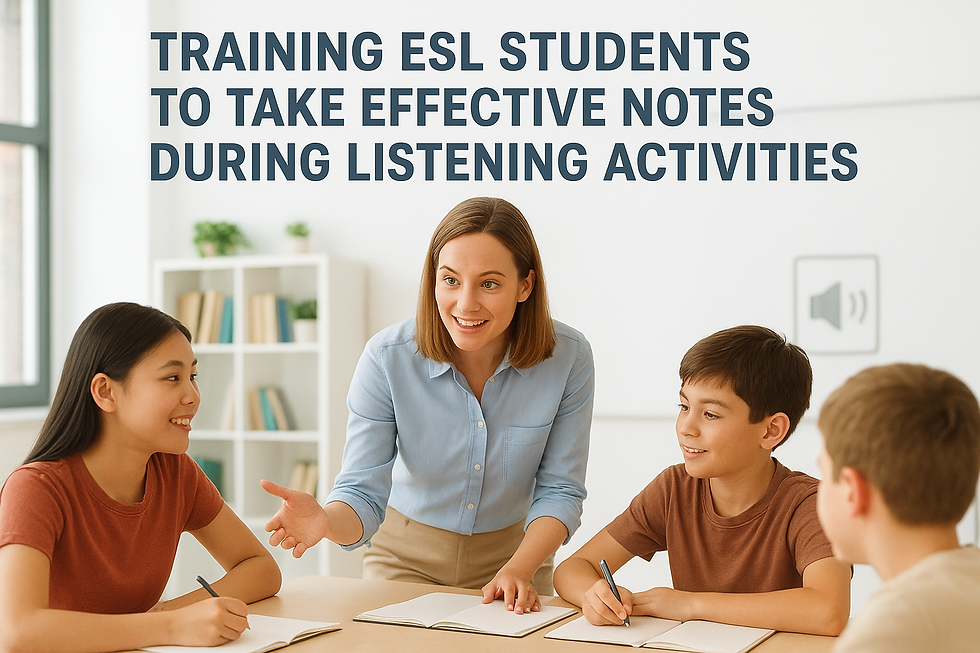Using Debate to Build ESL Speaking Skills
- Mike Kim
- Sep 27
- 1 min read

🎯 Introduction
Debate may sound advanced, but even beginner ESL students can participate with the right structure. By defending opinions, asking questions, and listening actively, learners strengthen fluency and critical thinking in English.
🗣️ Why Debates Work in ESL
Encourages active speaking and listening.
Builds vocabulary for expressing opinions.
Teaches turn-taking and respectful disagreement.
Develops critical thinking in English.
📚 Practical Debate Activities
1. Agree or Disagree
Post simple statements (e.g., “Homework is fun”). Students move to a “yes” or “no” side and explain why.
2. Mini-Debates
Pairs debate quick prompts (e.g., “Cats vs. Dogs”) with 1–2 sentences each.
3. Structured Class Debate
Assign teams, give prep time, and let students argue both sides.
4. Role-Based Debate
Students argue from assigned roles (e.g., parent, teacher, student).
💡 Pro Tip
Keep debates short and level-appropriate. Provide useful sentence starters like “I believe…” or “In my opinion…”.
📌 Final Thought
Debates turn ESL classrooms into dynamic spaces for real communication. GoTEFL equips you with structured speaking activities, while TEIK gives you the chance to apply them in classrooms worldwide.




Comments